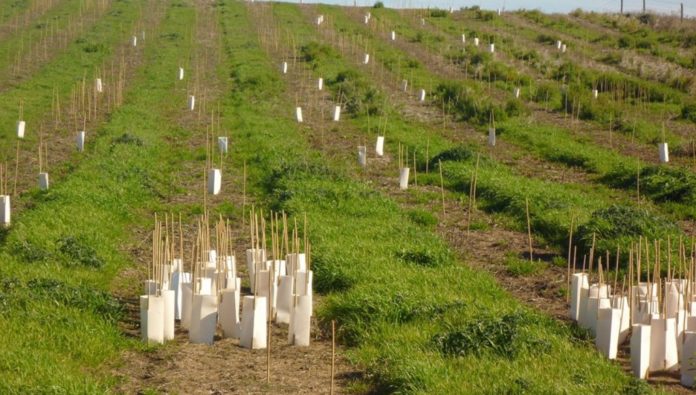
Have you ever been disturbed at the sight of barren pieces of land? Has a wild bush-fire recently destroyed a forest near your place? Did mining activities strip down the nutrients of the soil you’re stepping on?
If you answered yes to any of these or similar questions, then you know it’s time to rehabilitate those damaged hectares.
Fortunately, a revegetation project can help.
Read on to know how revegetation works and learn how you can lend a hand to recover a few acres of land. You can also check out Erizon.com.au to get more information.
Why Revegetation Matters and How It’s Done
If you happen to manage a piece of land and for some reason, it was damaged, it might need a revegetation project. By getting the land to go through the process of revegetation, you might be able to bring back the live ecosystem that once was lost.
Let’s get down to the basics and learn what it is, why it truly matters, and how it’s actually done.
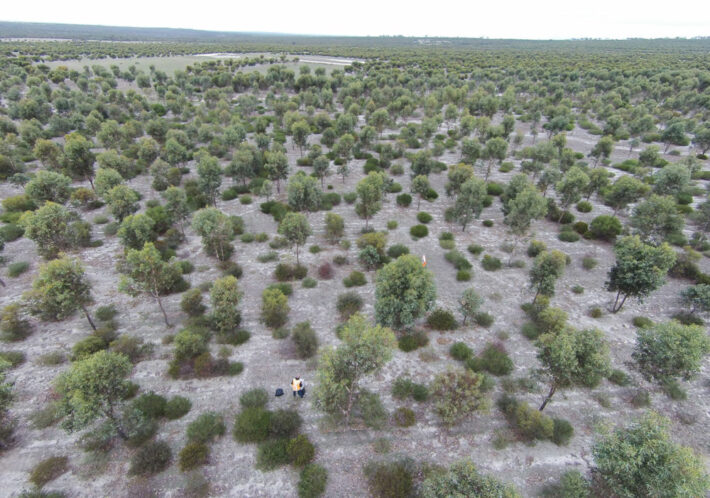
What Is Revegetation?
It is the process of rebuilding damaged soil by replanting it. Nature has its own way of doing revegetation, but we may also do our part by participating in conservation projects.
The Purpose of Revegetation
It basically rehabilitates the soil after getting hit by wildfire, flood, lava flow, logging, mining, or other destructive acts and events.
This process of rehabilitation eventually prevents soil erosion. More specifically, it helps restore the ability of the soil to absorb more water and prevent landslides in case of a heavy downpour.
On a more general scale, it can improve the physical, biological, and chemical properties of the soil. Thus, it enhances the production of biomass.
Overall, we resort to revegetation to prevent further environmental damage, protect establishments, support nearby natural habitats, host wildlife, or simply to serve aesthetic purposes.
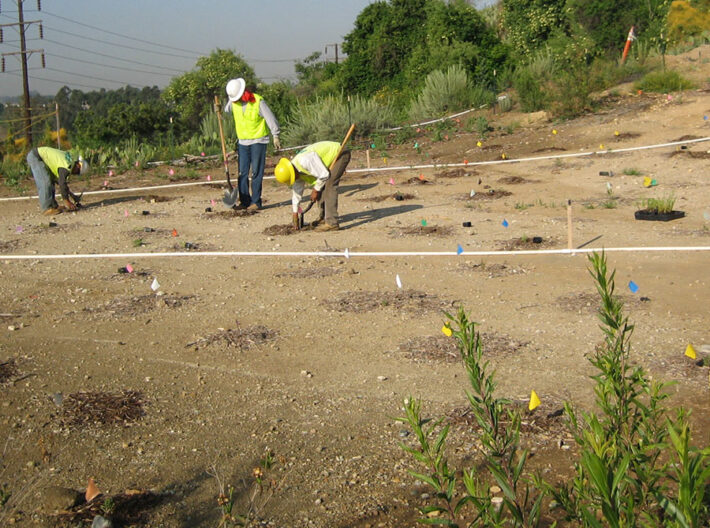
Nature’s Way of Revegetation
Nature seems to have an exquisite way of restoring itself.
In most cases, new plant species will soon colonize a formerly damaged and abandoned land area. As the decades pass, “ecological succession” would have painted an entirely new community of flora and fauna.
Phases of Ecological Succession
The first phase of natural revegetation is typically taken over by fast-growing and “well-dispersed” plant species and microorganisms. This early part of succession usually welcomes as many species as possible.
Eventually, the later part of the succession would see a decline in the diversity of the thriving plant species and the creatures that depend on them. This decline is attributed to the fact that the species would soon be competing against each other in terms of space and nutrients.
In turn, the underlying soil’s properties would change along with whatever species are left to thrive on it.
Meanwhile, the local climate also plays a significant role in determining the species that will dominate the land.
In reality, though, nature’s way of revegetation can take as long as centuries or even millennia.
And, at the rate in which human activities are disturbing natural communities right now, a damaged site may never be able to recover — not without our intervention. Which brings us to intentional revegetation.
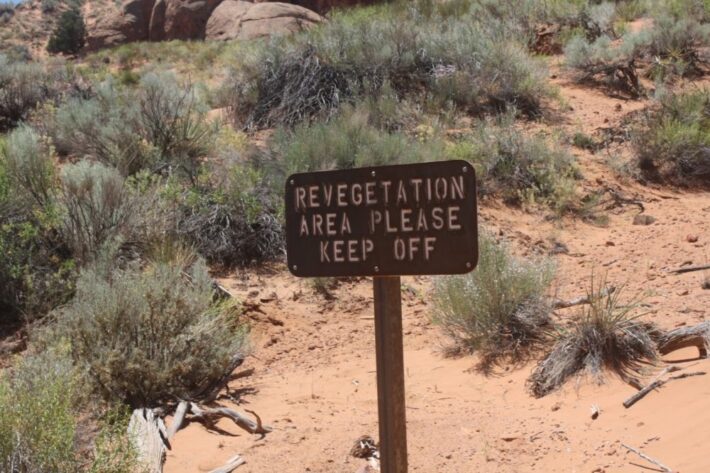
How We Conduct Revegetation
When conditions call for it, we intend to initiate the revegetation of a damaged piece of land. We follow a general set of guidelines based on scientific principles of restoring nature. The specifics, however, depend on the primary purpose of conducting the process.
Data Collection and Assessment
The first step to revegetation is soil testing. This provides the necessary information on the current growing conditions in a piece of land.
The results of the assessment should tell us the approach we need to take in order to optimize plant growth.
Choosing the Optimal Species
Once we know the current soil nutrients, local climate, and the intended use of the land once recovered, we would select the plant species that could thrive accordingly.
This is a crucial step since the pioneering species will have to cater to the succeeding ones. The pioneering plant species also imposes direct changes on the soil composition.
Tailoring the Best Solution
While the soil is going through the initial phase of revegetation, we need to continue to protect it against further erosion.
Thus, we have to actively facilitate the growth of the already fast-growing species we’ve chosen.
Each piece of land has its unique conditions, so we need to tailor our succeeding steps to ensure that the new ecological community will thrive long.
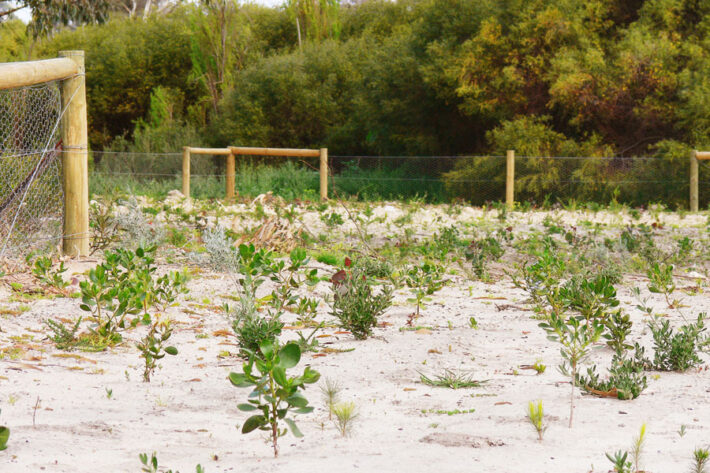
Applying Seeds Evenly
We need to ensure an even application for every kind of seed and fertilizer that we’re going to add to the land. This may be an impossible feat when done manually. But with the right facilities, it can be accomplished. Which brings us to the next point.
Drone Spraying
In about four to eight weeks after the land is seeded, the pioneering plant growth would now need more nutritional support. In such cases, having the capacity to conduct drone spraying will do the job efficiently.
By employing the latest drone technology, one can broadcast the trace elements, probiotics, and fertilizer needed by the pioneering plants.
Adding Secondary Plant Species
Depending on the approach we’ve taken on a particular piece of land, we might need to add secondary plant species and necessary microorganisms.
Again, this should already part of the long-term plan established after the initial assessment of the land.
Post Project Monitoring
With further access to drone technology, one can monitor a revegetation project effectively. If we can, we only have to use a drone’s scanning and imaging prowess in order to inspect the growth without introducing an unnecessary disturbance to the new ecological community.
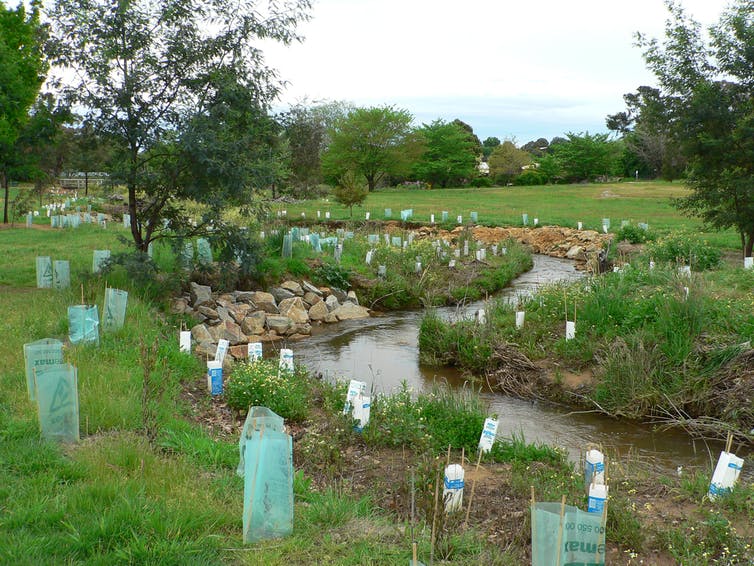
Revive A Land by Participating In Revegetation Projects
Not everyone has access to a large-scale revegetation facility. Nonetheless, you may do your part by volunteering in community-initiated efforts on environmental conservation.
In reality, we’re only trying to mimic how nature does its revegetation — but only in a faster and more tailored manner.
If you can lend a hand to revive a land, what could ever keep you?





